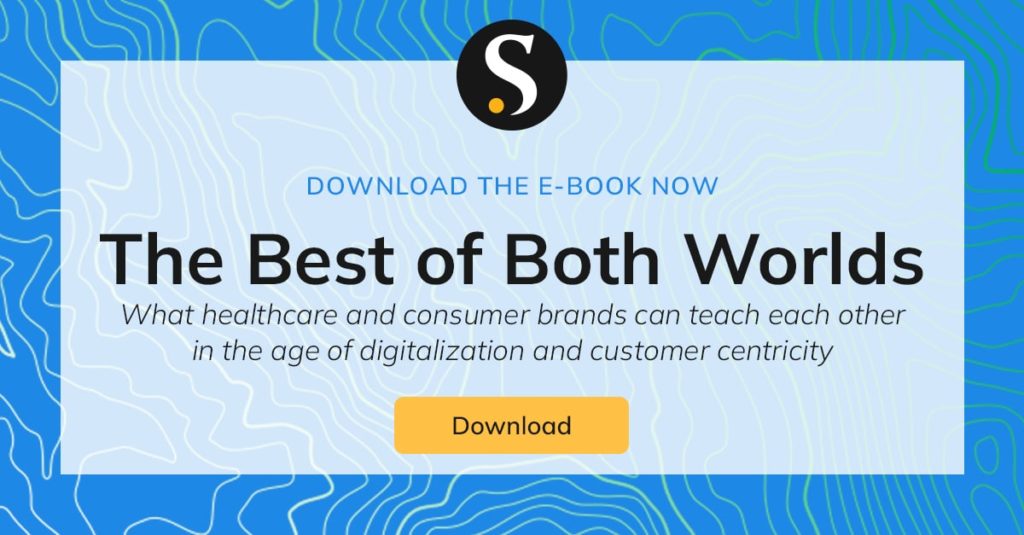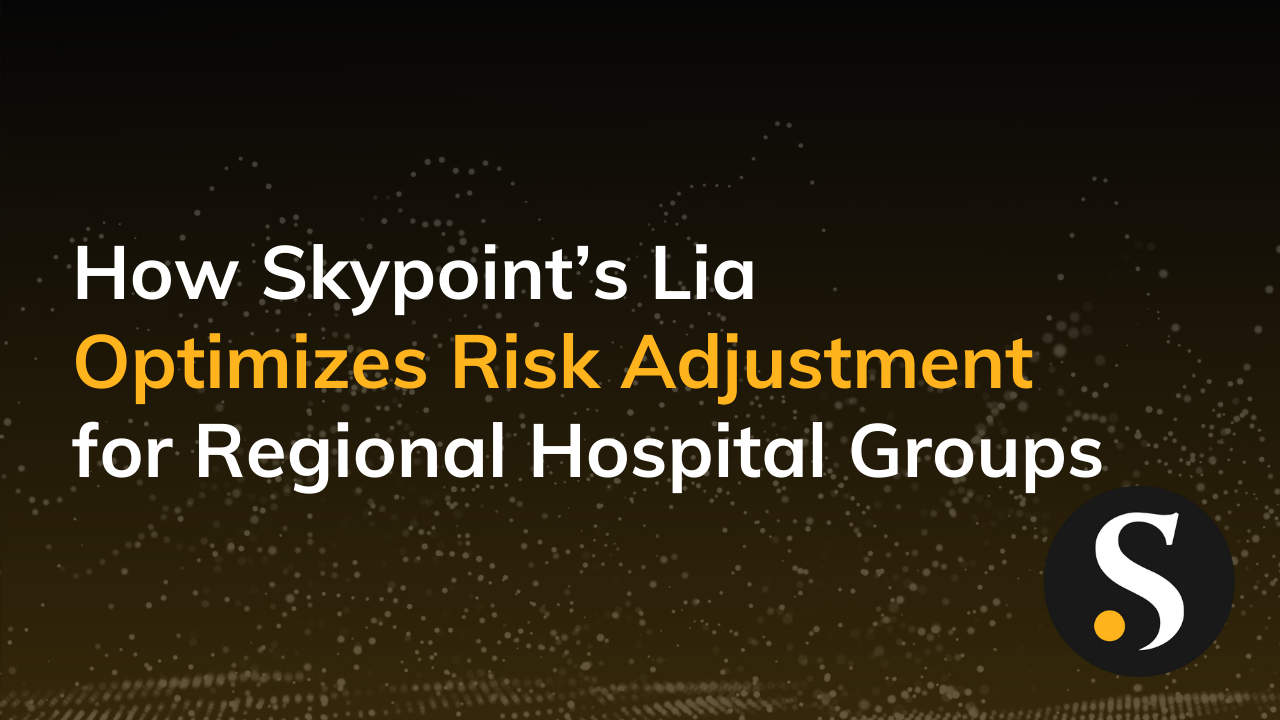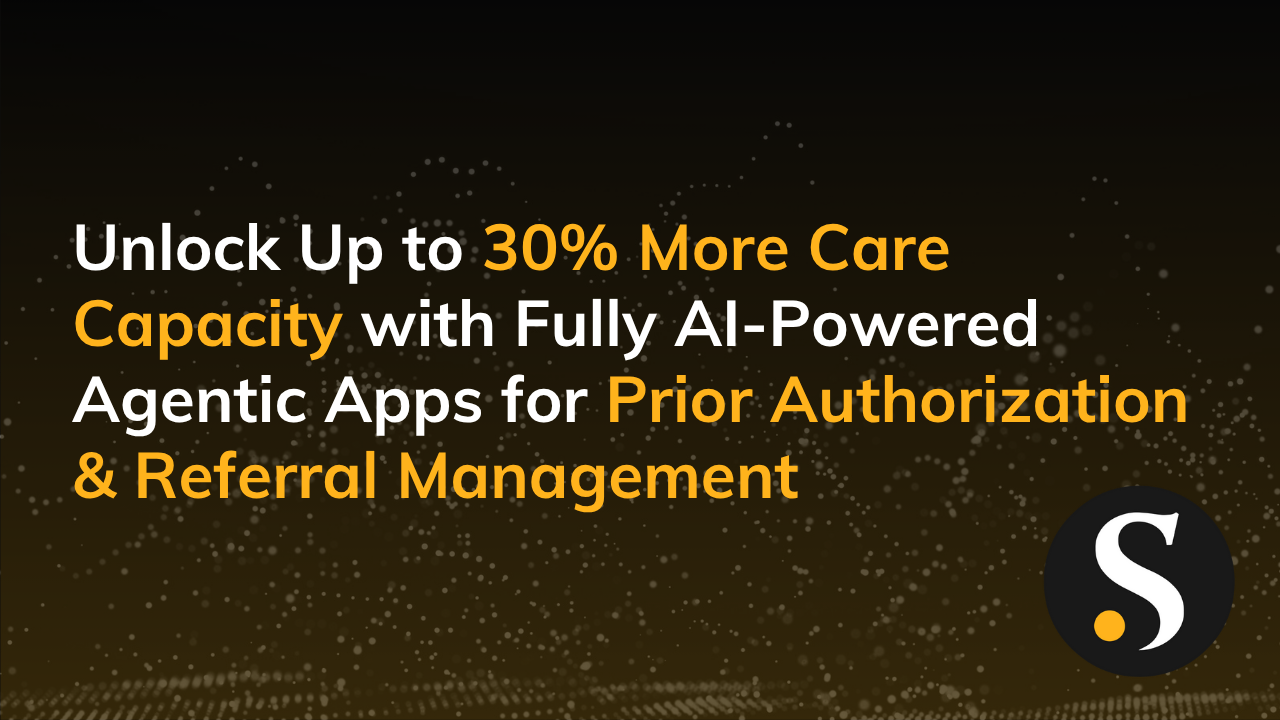Unless you’re living on some other planet besides Planet Earth, you’re probably (1) Using data in one or more aspects of your business operations and (2) Feeling concerned about data privacy and security.
Navigating the complex regulatory landscape is no stroll in the park. No matter what industry you’re in, there’s a privacy law or two that will keep you up at night:
- The Health Insurance Portability and Accountability Act (HIPAA) affects any entity that handles protected health information (PHI).
- The California Consumer Privacy Act (CCPA) is the most comprehensive internet-focused data privacy legislation in the U.S. Many states are modeling after it to create their own data privacy regulations.
- The General Data Protection Regulation (GDPR) addresses data privacy and the transfer of personal data inside and outside of the European Union and the European Economic Area.
- The Financial Industry Regulatory Authority (FINRA) privacy laws regulate broker-dealers, capital acquisition brokers, and funding portals.
- The Payment Card Industry Data Security Standard (PCI-DSS) applies to all entities that store, process, and/or transmit data of credit cardholders.
How businesses store and use data today makes it challenging to leverage advanced analytics while protecting consumer privacy. With the increased use of data to drive business decisions, your organization can’t just stick its neck in the sand and ignore data privacy anymore. It’s time to include data privacy in your .
The Problem with Monolithic Data Warehouses
Traditionally, businesses have built monolithic data warehouses. You bring all your data in there—sensitive or not, apply them in various business applications and domains, and let the security team deal with the privacy piece.
But that was then. This is now.
Many organizations now realize that the monolithic data warehouse structure can’t support today’s data privacy requirements. Not to mention, such a centralized model is hard to scale.
What about the data security features from the applications that you use to handle sensitive data?
Sure, you can leverage data security features from individual software, but you may have to pay extra for them. Additionally, implementing these piecemeal solutions is complex, and you still don’t have a holistic view of your data security posture.
The New Era of Data Mesh
A monolithic data warehouse is slow and costly when it comes to handling customer data and personally identifiable information (PII). It requires too much governance and oversight, making the process unwieldy. Things get even more complicated if you need to address various data domains and use cases differently.
But the good news is that you don’t have to toss out your data warehouse and start from scratch.
Data mesh, or data fabric, is a decentralized approach built on a distributed architecture for analytical data management. Users can access and query data where it’s stored without first transferring it to a data warehouse. Business users access, analyze, and operationalize business insights from any data source without involving expert data teams.
Data mesh allows organizations to keep their data warehouses while making data accessible and available at scale. It enables domain-specific teams to address data security needs that are unique to their operations.
This structure is particularly suitable for managing data securely across multiple business domains, such as business intelligence (BI). Teams can get clean customer data profiles and activate the information without extensive oversight such as governance, committees, and frameworks.
Let’s look at how such BI reporting helps organizations activate customer data.
When you got a BI report in the past, you’d have to do a lot of gymnastics to anonymize or aggregate PII data, such as creating row-level security on each spreadsheet to protect the information and adhere to data privacy laws. With a data mesh setup, most of this work is already done for you—you simply have to aggregate the information.
When you perform analytics and mesh data from different sources, you see all the customer data and activities alongside your operational data. You don’t have to build complex security features or worry about the PII getting mishandled. Why? Because it’s simply not stored in your data warehouse.
Your customer data platform (CDP) determines what information gets brought in before the data reaches the warehouse. You don’t have to handle this decision at the data warehouse level to ensure that the right level of data security is applied to the right data and at the right time.
Using Data To Deliver a Customer-Centric Experience Without the Risk
Every business exists to serve its customers, whether you are a healthcare organization with patients or a software provider with users. Focusing on delivering a customer-centric experience isn’t just reserved for B2C brands.
Regardless of our industries, we all need to be more customer-centric. And, that begins with our data privacy efforts.
As we can see from the list of data privacy regulations at the beginning of the post (which is just the tip of the iceberg), any business that handles customer information is most likely affected by one or more of these laws.
To navigate this complex regulatory landscape and deliver a stellar customer experience, you need a unified and secure view of your customers. That’s why organizations are combining a CDP with a data mesh approach to scale up BI reporting and data analytics while minimizing the risk of mishandling PII and other sensitive data.
You know we love sharing great resources, so we’ll leave you with one now to help you with your data privacy efforts. Be sure to download the “Best of Both Worlds” ebook from Skypoint Cloud to see how you can leverage consumer insights to deliver a customer-centric experience…without losing sleep over data privacy.
And, if you’re still losing sleep after reading this ebook, you know where to find the Skypoint team if you need moral support.





